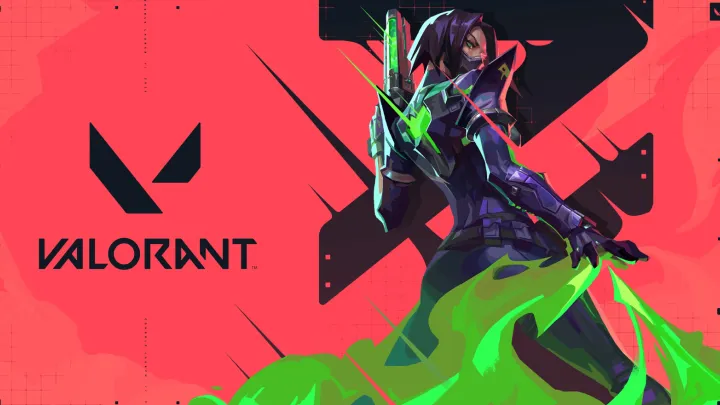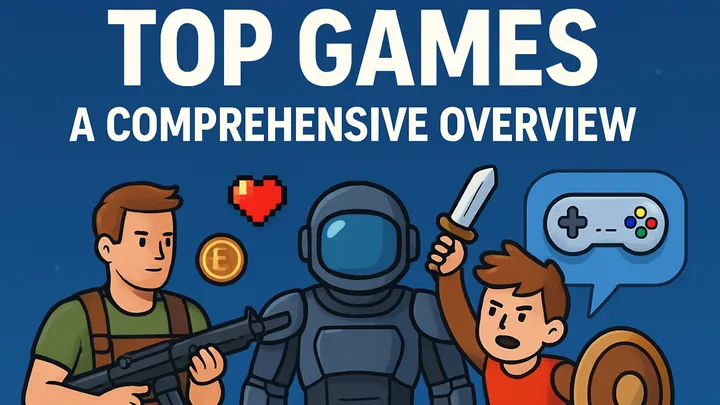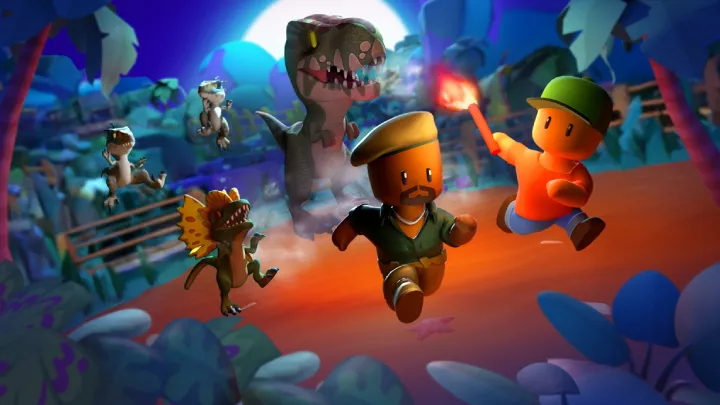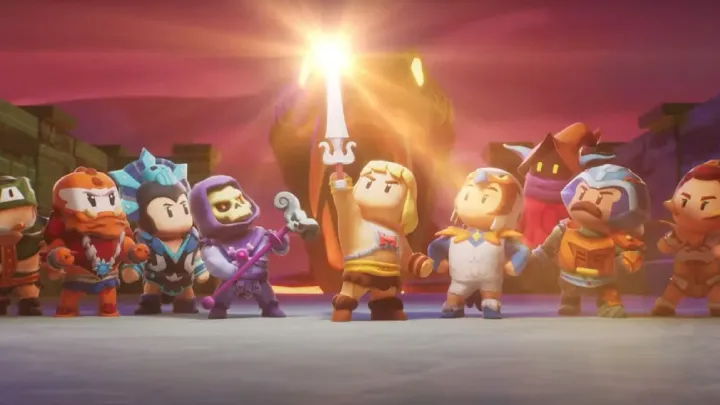Geometry Dash is famous for being both addictive and brutally difficult. While its fast-paced rhythm-based platforming makes it fun, many players struggle when tackling harder levels, especially those rated “Hard,” “Harder,” “Insane,” and “Demon.” Beating them requires patience, practice, and a well-thought-out strategy—not just fast reflexes.
This complete guide will walk you through how to beat hard levels in Geometry Dash step by step. Whether you’re a beginner who wants to improve or an advanced player chasing demon completions, the following tips and strategies will give you the tools to succeed.
1. Understanding the Difficulty Ratings
Before diving into strategies, you need to know what makes a level “hard” in Geometry Dash.
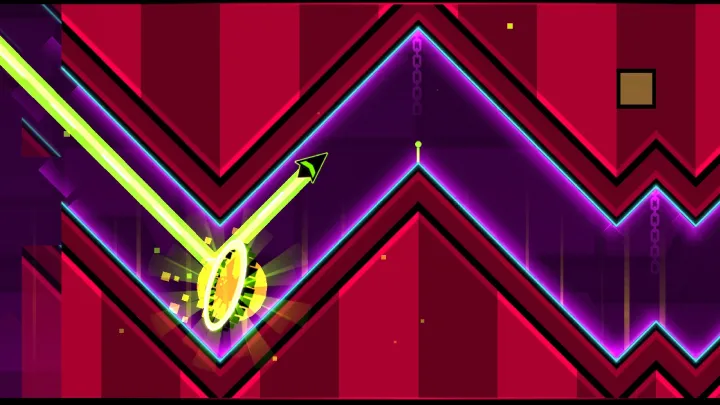
The Ratings Breakdown
- Normal (1–2 stars): Basic levels, suitable for beginners.
- Hard (3–5 stars): Introduces tricky timing and more obstacles.
- Harder (6–7 stars): More complex patterns, requiring rhythm mastery.
- Insane (8–9 stars): Fast-paced, requiring near-perfect reaction.
- Demon (10 stars): The hardest category, with multiple sub-tiers like Easy Demon, Medium Demon, Hard Demon, Insane Demon, and Extreme Demon.
Why This Matters
Knowing the difficulty helps set realistic expectations. If you’re struggling with “Insane” levels, you may need more practice with “Harder” ones before moving up.
2. Start with the Right Mindset
Success in Geometry Dash is as much mental as it is physical.
Embrace Failure
You will die—thousands of times. Every failed attempt is progress. Treat deaths as practice runs that bring you closer to victory.
Stay Patient
Hard levels are designed to be beaten over many attempts. Getting frustrated will only harm your focus and rhythm.
Build Confidence
Don’t skip to extreme levels too soon. Slowly working up builds confidence and teaches the mechanics you’ll need later.
3. Choose the Right Levels for Practice
Jumping into the hardest demons too quickly will only discourage you.
How to Pick Training Levels
- Stick to your skill bracket: If you’re at Harder difficulty, focus on levels rated Harder or Insane before moving to Demon.
- Pick well-designed levels: Community-made levels vary in quality. Choose ones with fair patterns and good sync to music.
- Replay official levels: Levels like “Dry Out,” “Base After Base,” and “Clutterfunk” are excellent stepping stones.
Why It Works
Training on levels suited to your skill builds rhythm recognition and prepares you for more advanced mechanics.
4. Master the Core Controls
Even though Geometry Dash uses simple one-touch controls, the depth lies in execution.
Basic Movements
- Tap lightly for small jumps.
- Hold for long jumps.
- Release carefully for controlled landings.
Practice Timing
- Hit jump pads at the right frame. Too early or late ruins momentum.
- Understand orbs. Each orb (yellow, blue, green, black) behaves differently, so practice activating them consistently.
Small Mistakes Add Up
At higher difficulties, even a single mistimed tap can end a run. Precision matters.
5. Learn the Music and Rhythm
Geometry Dash isn’t just a platformer—it’s a rhythm game.
Why Music is Essential
Most levels are designed around music. Jumps, orbs, and portals often sync with beats, helping you anticipate what’s next.
Training Method
- Play with sound on and memorize patterns with the rhythm.
- Tap to the beat even when you don’t need to jump—it builds muscle memory.
- Focus on recognizing repeating patterns in the soundtrack.
Bonus Tip
If you struggle, try slowing the level down in Practice Mode to internalize rhythm before attempting at full speed.
6. Use Practice Mode Effectively
Practice Mode is one of the most powerful tools in Geometry Dash, but only if used properly.
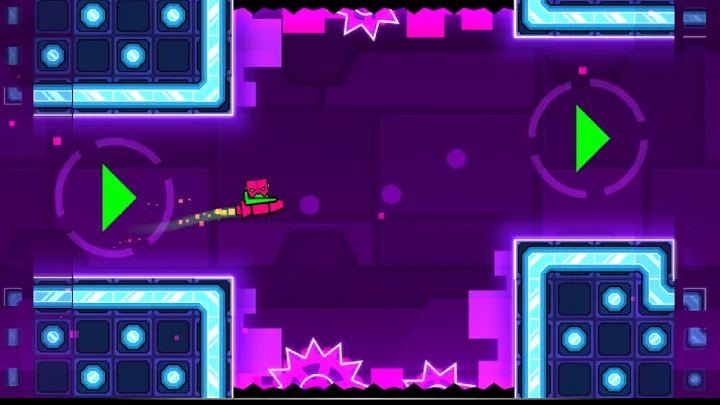
How to Use It Right
- Set checkpoints wisely. Place them before tricky sections, not during.
- Repeat difficult parts. Run the same section dozens of times until it feels automatic.
- Don’t overuse. Over-reliance on checkpoints prevents you from learning full-level flow.
Balance Practice and Normal Mode
- Practice Mode = learning.
- Normal Mode = execution.
- Switching between the two keeps you sharp.
7. Break Levels into Sections
Instead of trying to master a hard level in one go, divide it.
Step-by-Step Approach
- Learn the first 20% consistently.
- Add the next 20%.
- Slowly chain sections together.
Why This Works
It prevents overwhelm and allows your brain to memorize chunks rather than the entire level at once.
Example
When tackling a Demon level, first conquer the intro, then mid-section, and finally the ending.
8. Improve Your Reaction Time
Hard levels demand fast reflexes. Luckily, reaction time can be trained.
Methods to Train
- Warm up daily: Play easy or normal levels before attempting hard ones.
- Increase difficulty gradually: Move from Harder to Insane before tackling Demon.
- Use rhythm drills: Tap along with songs outside the game to sync timing.
Hardware Matters Too
- Use a device with low input lag.
- Ensure stable frame rate (60–144 fps).
- Avoid playing on laggy or overheated devices.
9. Stay Consistent with Daily Practice
Improvement in Geometry Dash comes from consistent repetition.
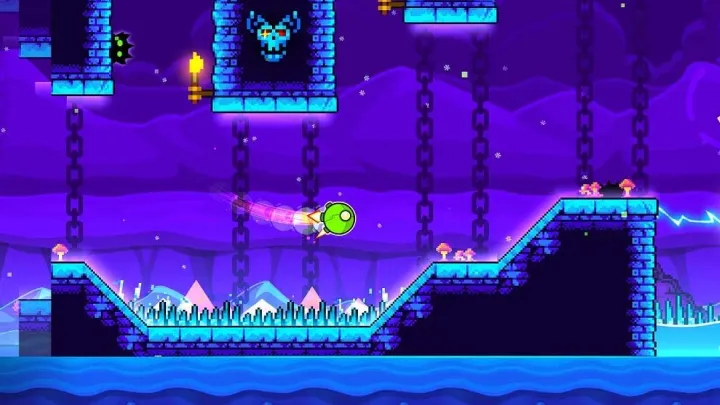
Build a Routine
- Dedicate 30–60 minutes daily instead of random long sessions.
- Focus on one hard level at a time.
- Review your mistakes after each session.
Avoid Burnout
If you’re stuck, take breaks or switch to easier levels. Burnout causes frustration and sloppy play.
Track Progress
- Record attempts and completions.
- Celebrate small improvements, like reaching 60% or 80%.
10. Advanced Strategies for Beating Demon Levels
Once you’ve built up skill, it’s time to tackle the toughest challenges.
Learn Advanced Mechanics
- Wave control: Requires precise tapping for steep up-and-down motion.
- Robot jumps: Timing the charge and release is crucial.
- UFO mode: Master unpredictable bounce patterns.
Community Resources
- Watch replays on YouTube. Learn routes and timing from top players.
- Join Geometry Dash forums or Discords. Get tips, practice maps, and encouragement.
Mindset for Demon Levels
- Expect thousands of attempts.
- Break the level into micro-sections.
- Stay persistent—every Demon completed boosts your confidence.
Conclusion
Beating hard levels in Geometry Dash is not about luck—it’s about preparation, rhythm, and persistence. By understanding difficulty ratings, mastering controls, practicing rhythm, and using Practice Mode strategically, you can slowly but surely conquer levels that once felt impossible.
Remember, every player starts somewhere. With patience and consistent effort, you’ll go from failing at 5% to finally hitting that glorious 100% completion screen. And when you do, the sense of achievement will be worth every attempt.











